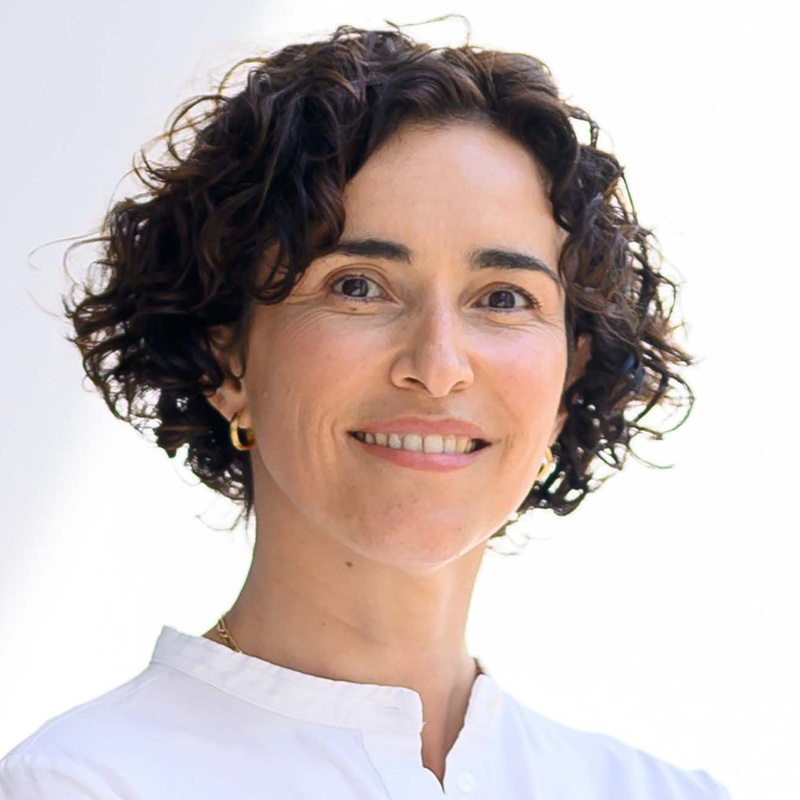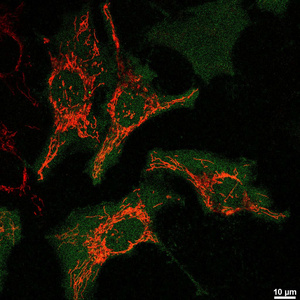
Principal Investigator
We study the biophysics of dynamic membrane processes with a special interest in mitochondrial membrane alterations during regulated cell death and the proteins involved in these processes.
We aim at understanding the molecular mechanisms and the underlying physical principles that govern membrane organization and dynamics. One key unanswered question is how membrane behavior and signaling are coordinated by the interplay between multiple molecular components and the membrane mechanical properties. Our research focuses on the mitochondrial alterations during apoptosis as well as on membrane permeabilization as a common feature in the execution of regulated cell death. Our multidisciplinary group develops new microscopy tools and combines biophysics, biochemistry and cell biology in reconstituted minimal systems and in single cells to analyze mitochondrial permeabilization and additional alterations during apoptosis from a quantitative perspective. We furthermore apply these methods to study the molecular mechanisms of membrane permeabilization that execute other forms of regulated cell death.
We are what we think. All that we are arises with our thoughts. With our thoughts, we make the world.
Buddha

Our work has contributed to the understanding of mitochondrial permeabilization. We built the first 3D model for the structure of active, full-length BAX in the membrane that reveals a key conformational change critical for pore formation. We have shown that BAX exists as a mixture of oligomeric species, and we also discovered that active BAX clusters into a broad distribution of distinct architectures, including full rings, linear and arc-shaped oligomers with both rings and arcs being able to perforate the membrane. Altogether, our data shed new light on the supramolecular organization of BAX during apoptosis and support a novel molecular mechanism in which BAX fully or partially delineates pores to permeabilize the mitochondrial outer membrane. We pioneered the use of single molecule techniques to understand Bcl-2 complex formation both in solution and in membranes and addressed the question of how the intricate interaction network of Bcl-2 family members determines cell fate.
We are currently investigating the molecular mechanisms of Bcl-2 proteins. The Bcl-2 protein family regulates apoptosis by controlling permeabilization of the mitochondrial outer membrane. We study the role of the membrane, of specific lipids and the interaction network between Bcl-2 members involved in the life-or-death decisionmaking process.
Disruption of the membrane barrier has emerged as a common theme in the execution of many cell death pathways, yet their molecular mechanisms remain poorly understood. We study the molecular machineries and biophysical alterations involved in this decisive step of cell death signaling.
To investigate dynamic processes in biological membranes we use model membranes for experiments involving time-lapse microscopy, FRAP, FRET, FCS, AFM and other advanced microscopy techniques. We are implementing novel methods to quantify the stoichiometry and molecular architecture of macromolecular complexes based on single molecule imaging and superresolution microscopy.

Principal Investigator